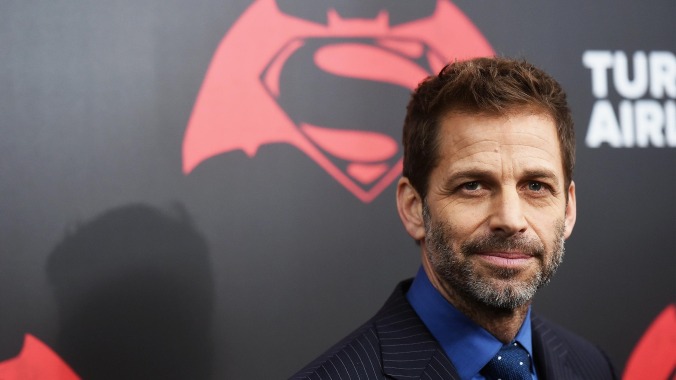Read this: How fake accounts and a powder-keg fandom helped Zack Snyder restore his Justice League
It might be hard to believe, but the #ReleaseTheSnyderCut movement was even weirder than we thought

Dealing a crushing blow to the validity of the RestoreTheSynderVerse movement and the Flash’s Oscar win for “most cheer-worthy moment,” Rolling Stone released a bombshell report earlier today detailing the ways fake accounts bolstered the #ReleaseTheSnyderCut campaign that ruined social media a few years ago and left us stuck with an even longer version of Justice League.
As hard as it is to believe, a good chunk of Snyder Cut champions were bots or fake accounts, some of which, according to Rolling Stone, Snyder helped whip into a frenzy between the first release of Justice League until well after Snyder’s version bowed on HBO Max. Two reports commissioned by WarnerMedia showed that “at least 13 percent of the accounts that took part in the conversation about the Snyder Cut were deemed fake.” The norm on Twitter is roughly three to five percent, so, as the outlet reports, “real stans were amplified by a disproportionate number of bogus accounts.”
One report concluded:
After researching online conversations about the Snyder Cut of Justice League‘s release, specifically the hashtags ‘ReleaseTheSnyderCut’ and ‘RestoreTheSnyderVerse’ on Facebook, Twitter, and Instagram, [the analysts] detected an increase in negative activity created by both real and fake authors. One identified community was made up of real and fake authors that spread negative content about WarnerMedia for not restoring the ‘SnyderVerse.’ Additionally, three main leaders were identified within the authors scanned on Twitter, Facebook, and Instagram — one leader on each platform. These leaders received the highest amount of engagement and have many followers, which gives them the ability to influence public opinion.








![HBO teases new Euphoria, Larry David, and much more in 2026 sizzle reel [Updated]](https://img.pastemagazine.com/wp-content/avuploads/2025/12/12100344/MixCollage-12-Dec-2025-09-56-AM-9137.jpg)































